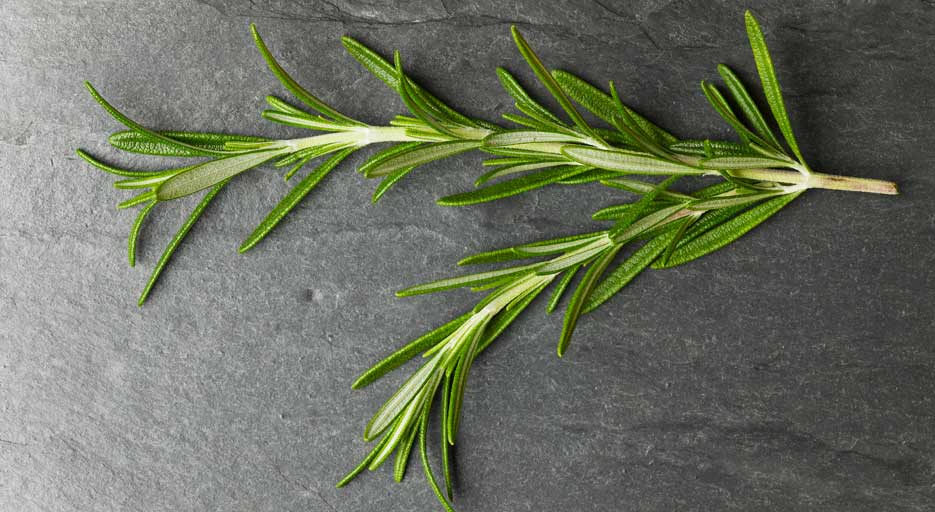Growing Herbs: A Guide to Flavorful Additions

Summary:
- Herbs: Rosemary, Thyme, Chives, Basil, Parsley, and more.
- Sunlight: Most herbs prefer full sun; some can thrive in partial shade.
- Soil: Well-draining soil with good aeration; pH preferences may vary.
- Watering: Water moderately, allowing the soil to dry slightly between waterings.
- Time to Harvest: Varies per herb, usually between 1-3 months.
Introduction:
Herbs add an aromatic and flavorful touch to culinary delights. Cultivating herbs at home is not only rewarding but also provides a readily available source of fresh seasonings.
Plant Types and Growth Periods:
Herbs encompass various plant types, including perennial, annual, and biennial. The time to harvest ranges from a few weeks to several months, depending on the herb type.
Planting Details:
Select a sunny location or a spot with partial shade, depending on the herb. Plant in well-draining soil or use containers with adequate drainage.
Plant Care:
Most herbs thrive with consistent watering but avoid overwatering to prevent root rot. Prune regularly to encourage growth and prevent legginess.
Pest and Disease Management:
Herbs are relatively resistant to pests and diseases. Maintain good air circulation and consider natural pest deterrents like companion planting.
Harvesting:
Harvest herbs when they reach maturity, ensuring not to over-harvest, which might stunt growth. Regularly pick leaves or stems to encourage continuous growth.
Storage and Culinary Use:
Use freshly harvested herbs immediately or dry them for future use. Incorporate them into various recipes to enhance flavors.
Conclusion:
Growing herbs at home is a delightful and rewarding experience. With proper care and attention, you can elevate your culinary creations with fresh, homegrown herbs.

